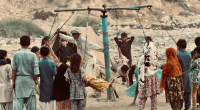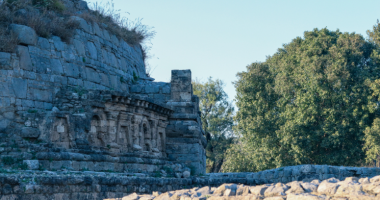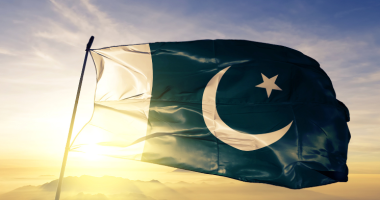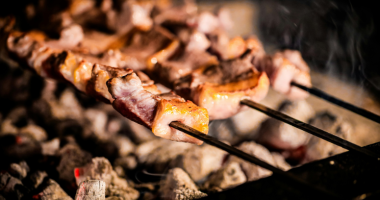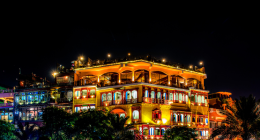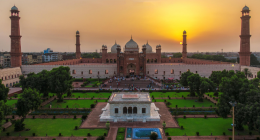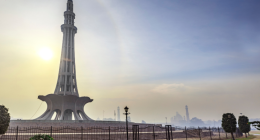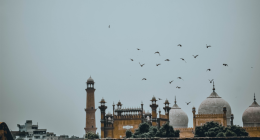If you’ve ever had a bite of biryani or dipped naan into a rich, buttery curry, you’ve already tasted the essence of Pakistan’s food culture. This vibrant country, nestled in South Asia, offers much more than just spice. It’s a flavorful mix of tradition, family, and deep-rooted history. Moreover, every region brings something unique to the table—literally!
So, let’s take a tasty tour through Pakistan’s rich food culture. We’ll explore the must-know dishes, culinary traditions, and how food brings people together from Karachi to Lahore and beyond.
Regional Diversity in Pakistan’s Food Culture
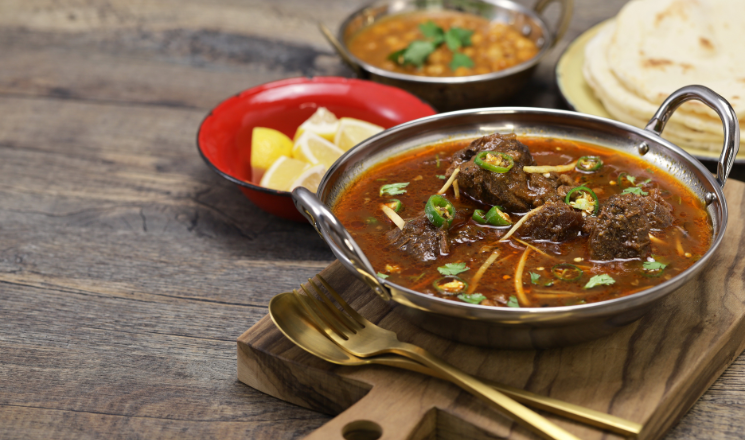
From the spicy grills of Punjab to the rich stews of Balochistan, Pakistan’s food culture thrives on regional flair. In fact, every province proudly showcases its own distinct cooking identity.
In the bustling streets of Lahore, food isn’t just fuel—it’s a celebration. Dishes like Nihari, Paye, and Butt Karahi explode with flavor. Then there’s Karachi, the coastal city where seafood gets a desi twist, heavily influenced by Mughal, Indian, and Middle Eastern roots.
Meanwhile, up north in Gilgit-Baltistan, you’ll find simpler, more earthy meals. Dishes such as Chapshuro (local meat pie) and Mamtu (dumplings) reflect Tibetan traditions and the colder mountain climate.
Additionally, Peshawar in the Khyber Pakhtunkhwa province serves up smoky, tender Chapli Kebabs and aromatic Kabuli Pulao. These dishes, grilled over open flames, carry a rustic, unforgettable charm.
Fun fact:
The variety of food across Pakistan often surprises first-time visitors. Honestly, it feels like five cuisines packed into one diverse country!
Street Food Culture in Pakistan
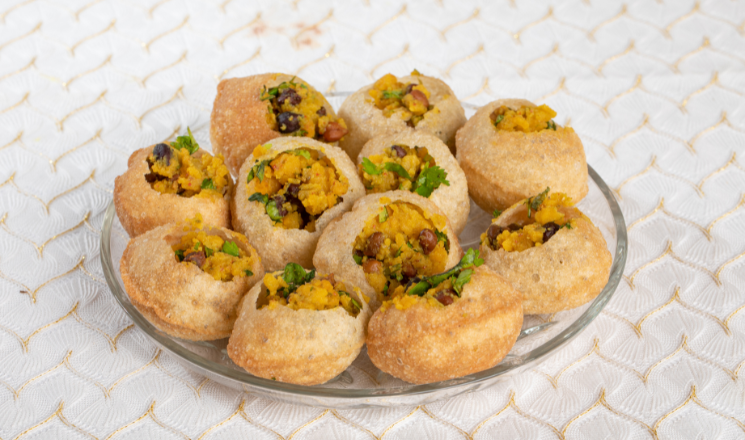
To truly experience Pakistan’s food culture, you must explore the street food. Whether you’re wandering Anarkali Bazaar or hanging out at Burns Road, you’re never far from sizzling, mouthwatering eats.
You’ll smell it before you even see it—crispy Samosas, spicy Chaat, tangy Gol Gappay, and crunchy Pakoras. These aren’t just snacks; rather, they’re part of daily life. Especially during Ramadan or rainy days, cravings for these comfort foods skyrocket.
Additionally, Lassi, a yogurt-based drink, is another must-try in Punjab. Whether sweet or salty, it’s served cold in big steel glasses—a refreshing treat on scorching afternoons.
Don’t forget the ever-popular roadside Paratha rolls—stuffed with spicy chicken or beef, topped with chutneys, and wrapped in flaky flatbread. Yes, it’s messy—but it’s so worth it!
Quick tip:
Street food tastes best when it’s fresh and hot—so always follow the crowd for the good stuff!
Traditional Meals and Rituals in Pakistani Cuisine
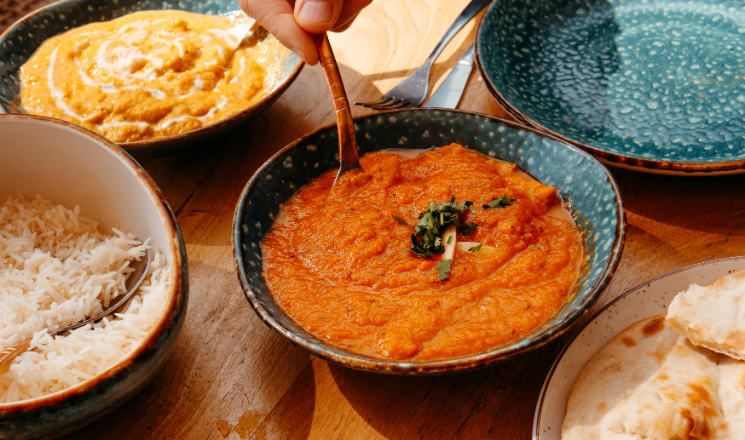
At home, Pakistan’s food culture revolves around warmth and hospitality. Meals aren’t quick or lonely; instead, they’re social events filled with love and laughter. Most families eat together, sharing food from large platters that foster connection.
A typical lunch or dinner includes curry (Qorma, Aloo Gosht), lentils (Daal), vegetables (Bhindi, Saag), and always—always—fresh Roti or Naan. On special days, dishes like Biryani, Pulao, or roasted Raan take center stage.
Fridays and religious holidays like Eid bring out grand feasts. Tables overflow with delicious variety, and hosts encourage second—and often third—helpings. During Ramadan, Iftar (evening meal) becomes sacred. It features dates, Pakoras, fruit chaat, and Chana Chaat.
Pro tip:
Refusing seconds in a Pakistani home can seem rude—and let’s face it, you won’t want to anyway!
How Religion Shapes Pakistan’s Food Culture
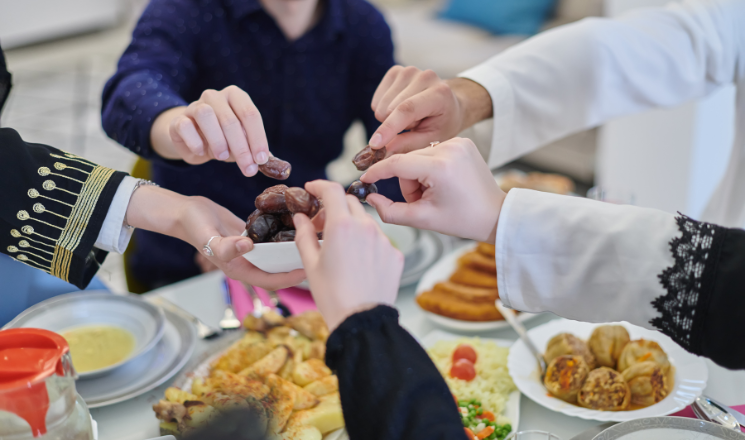
Islam, the majority religion, strongly shapes the country’s food customs. Only halal meat is consumed, and pork and alcohol are prohibited.
During Ramadan, days start with Sehri (pre-dawn meal) and end with Iftar. Families and communities unite to break their fasts. Many offer free food on streets, mosques, and community centers—a beautiful display of generosity.
Eid ul-Fitr turns the spotlight on sweets. Favorites like Sheer Khurma and Kheer fill homes with aroma and joy. During Eid ul-Adha, meat from sacrifices gets shared with neighbors and those in need.
Festivals such as Basant also include food-focused traditions. Kite flying is accompanied by spicy snacks and sugary treats throughout Punjab.
Famous Pakistani Dishes You Must Try
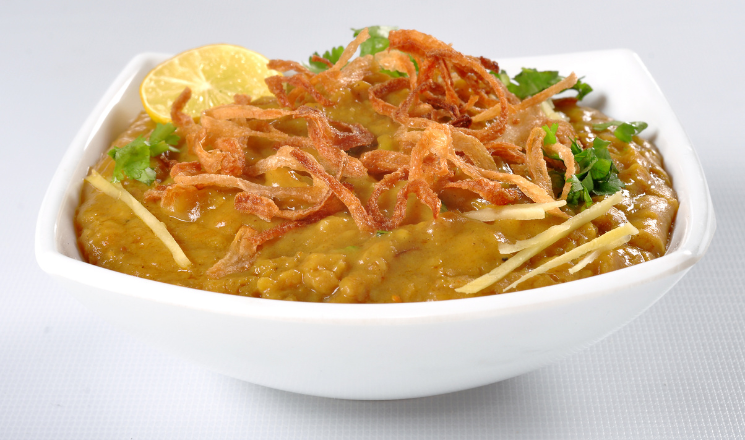
If you’re curious about Pakistan’s food culture, here’s your starter guide to must-try eats:
- Biryani – Spiced rice layered with meat. Karachi Biryani stands out with extra heat.
- Haleem – A hearty wheat and meat stew, perfect for slow Sundays.
- Sajji – Whole roasted chicken or lamb, traditionally from Balochistan.
- Nihari – Spicy, slow-cooked beef stew, eaten for breakfast in Lahore.
- Chana Chaat – Tangy chickpea salad loaded with tamarind and spice.
- Seekh Kebabs – Spiced meat skewers, grilled to perfection.
- Roghani Naan – Fluffy, sesame-topped bread—great for dipping in curry.
Craving something sweet? Try Gulab Jamun, Jalebi, and Barfi—syrupy and satisfying.
Cooking Traditions and Techniques
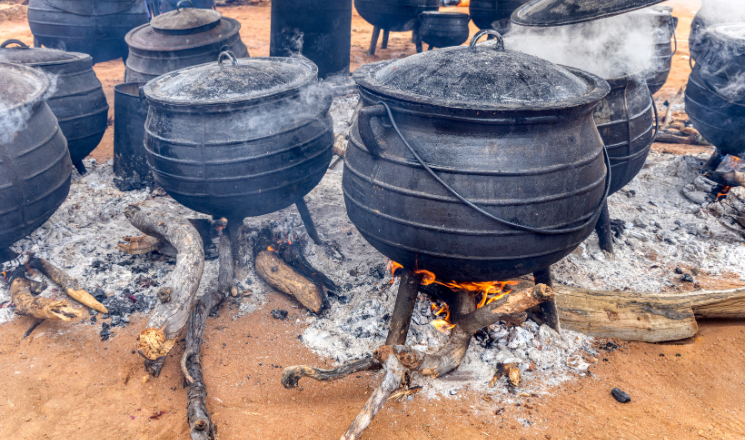
In Pakistani homes, recipes are passed from generation to generation. Cooking means love. It’s an act of care and connection.
Most dishes begin with onions sizzling in oil or ghee, followed by garlic-ginger paste and spices like cumin, turmeric, and garam masala. This forms the flavor base, known as masala.
Tandoors (clay ovens) bake fluffy Naan and roast meats. For big gatherings, cooks use massive metal pots called Degs. Weddings and festivals usually feature meals cooked in these traditional pots.
Kitchen secret:
Skilled Pakistani cooks rely on instinct. They balance spices by aroma, not exact measurements!
Where to Explore Authentic Pakistani Food Culture
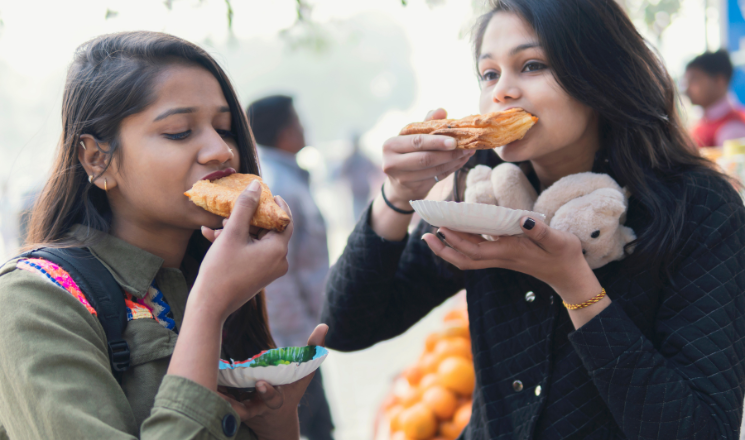
Planning a food trip? You’ll find culinary heaven in Food Street, Lahore, and Boat Basin, Karachi. These aren’t just food hubs—they’re cultural experiences alive with color, music, and incredible aroma.
If you’re short on time, modern apps like FoodPanda Pakistan, Eat Mubarak, and Chefling bring local cuisine right to your doorstep. While FoodPanda and Eat Mubarak help you discover street-style meals from the comfort of your home, Chefling is perfect for foodies who want to recreate authentic Pakistani dishes with guided recipes, smart grocery lists, and pantry tracking.
However, nothing beats sipping Chai at a roadside dhaba while soaking in the sounds of evening prayers and clinking glasses.
Final Reflections on Pakistan’s Food Culture
Now that you know more about Pakistan’s food culture, it’s clear—food here isn’t just about taste. It’s about tradition, family, emotion, and storytelling.
From street-side snacks to homemade stews, every bite holds a memory, a moment, a mood. The food connects generations, welcomes strangers, and defines identity.
So if you get a chance, eat local. Accept that second serving. And savor not just the food—but the feeling behind it.


